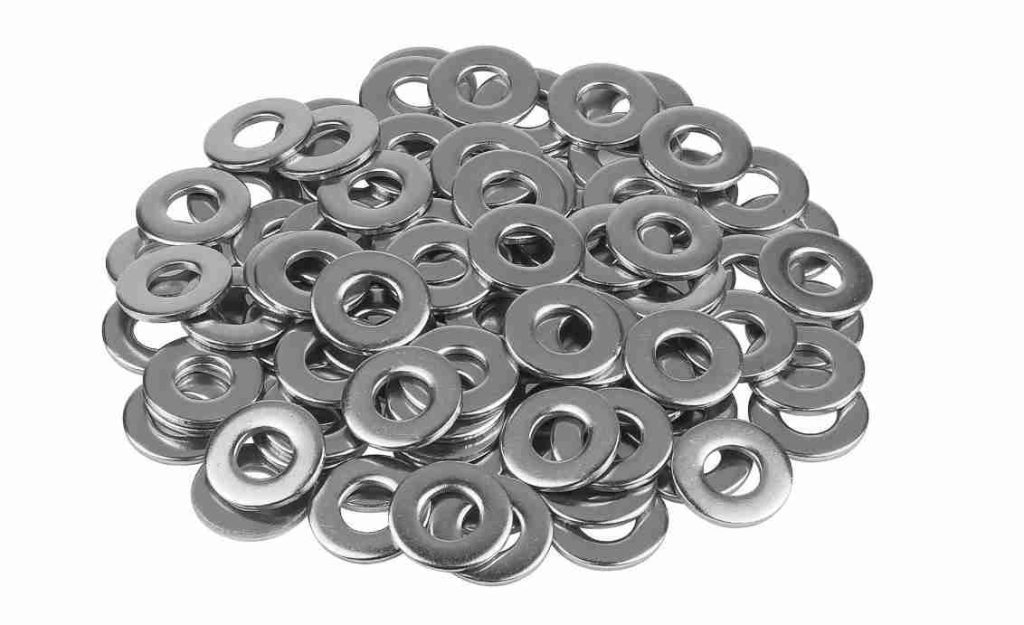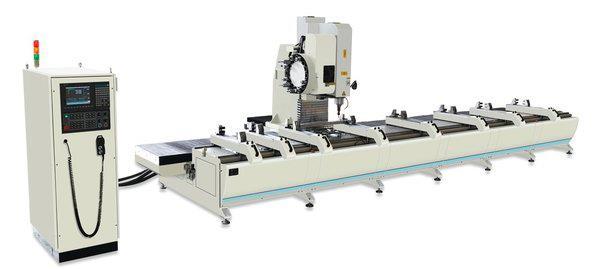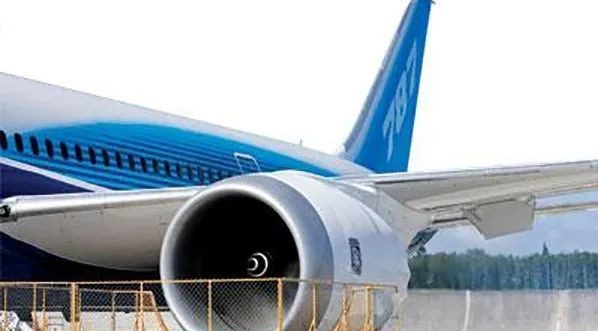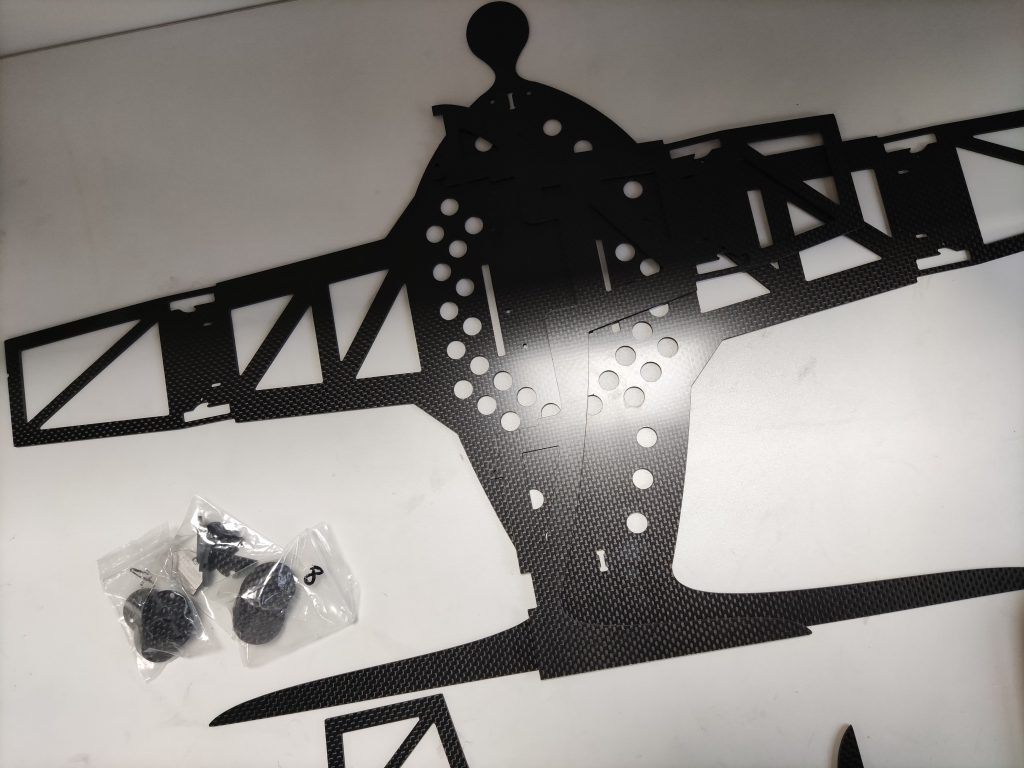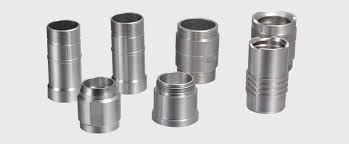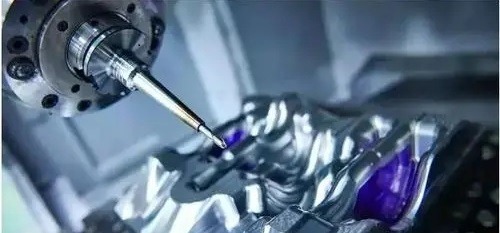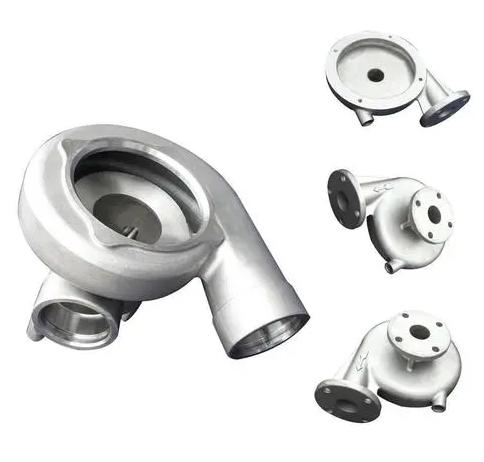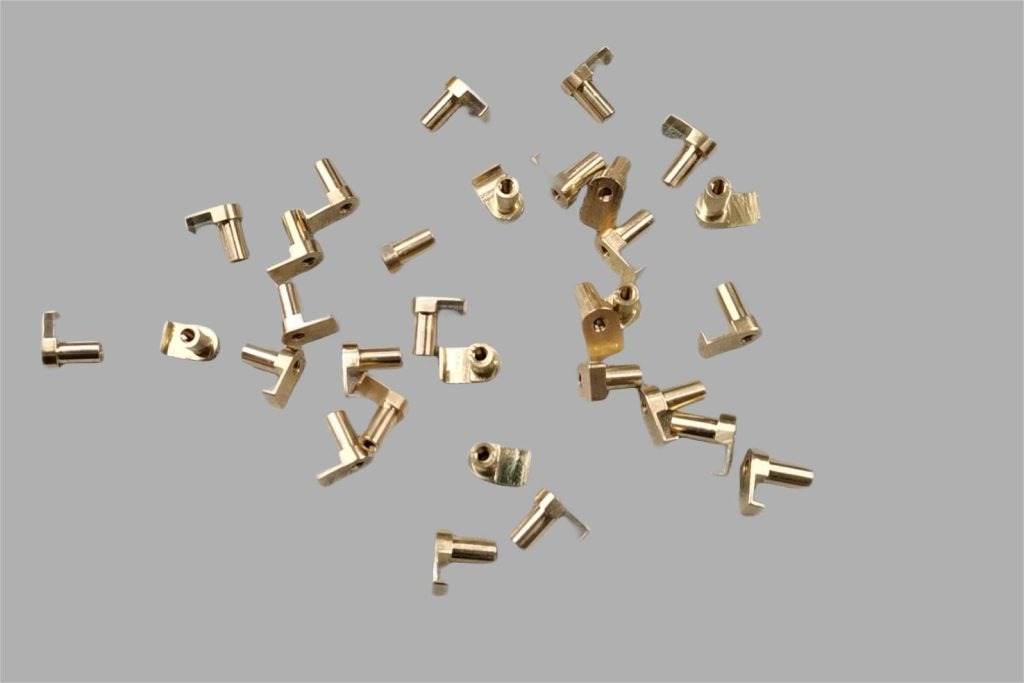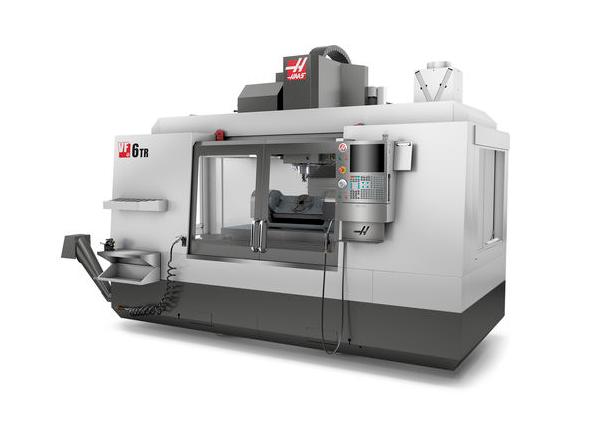Stainless steel is a popular choice for CNC machining due to its strength, durability, and aesthetic appeal. However, with different grades available, selecting the right one for your project can be crucial. JTR, the professional of CNC machining in China will introduce the key differences between two common grades: Stainless Steel 201 and 304. We’ll explore their chemical composition, machinability, and suitability for various applications in CNC machining. By understanding these factors, you’ll be equipped to make an informed decision and optimize your project’s success.
Stainless Steel 201 Vs 304
| 201 | 304 | |
| Chemical Composition | Lower nickel and chromium content (15% chromium, 5% nickel) compared to 304. This makes it less corrosion-resistant. | Higher nickel and chromium content (18% chromium, 8% nickel) offer superior corrosion resistance. |
| Machinability | Generally considered slightly easier to machine due to its higher manganese content, making it a bit softer. This translates to faster machining speeds and potentially lower tool wear. | Slightly more challenging to machine due to its lower manganese content, resulting in a bit more work hardening. However, it’s still readily machinable with proper techniques. |
| Formability | Offers better cold-forming properties than 304, making it suitable for applications requiring bending or shaping after machining. | Less formable compared to 201, requiring more force or heat for bending or shaping. |
| Applications | Suitable for applications where corrosion resistance is not a major concern, such as decorative parts, automotive trim, and some household appliances. | Preferred choice for applications requiring good corrosion resistance, such as food processing equipment, medical devices, architectural panels, and marine applications. |
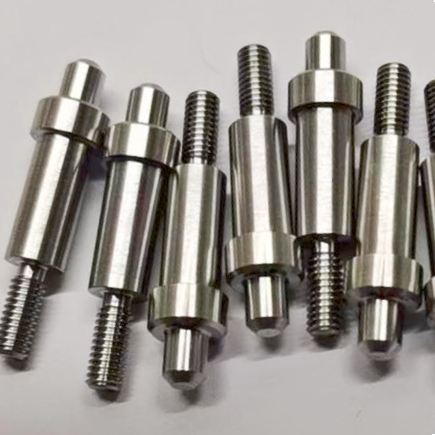
How to Choose Between Stainless Steel 201 and 304 for CNC Machining?
Here’s a breakdown of each point to help you make an informed decision:
1. Prioritize Corrosion Resistance
- Choose 304: This refers to the steel’s ability to resist rust, corrosion, and other environmental factors that can degrade the material.
- Higher Nickel Content: Nickel plays a crucial role in enhancing corrosion resistance. 304 has a higher nickel content (around 8%) compared to 201 (around 5%). This additional nickel creates a stronger protective layer around the iron core of the steel, making it significantly less susceptible to rust and corrosion.
- Crucial Applications: When the machined part will be exposed to moisture, harsh chemicals, or salty environments (e.g., food processing equipment, medical devices, architectural panels for buildings, or marine components), superior corrosion resistance is essential. Choosing 304 ensures the part’s longevity and functionality in these environments.
2. Cost is a Major Factor
- Consider 201: The cost of stainless steel is primarily driven by the elements it contains. Nickel is a more expensive element than chromium. Since 201 has a lower nickel content, it’s generally cheaper than 304.
- Suitable Applications: If the machined part won’t be exposed to harsh environments and corrosion resistance isn’t a major concern, opting for 201 can offer a cost advantage. This can be suitable for applications where aesthetics are more important, such as decorative parts, automotive trim, or some household appliances where moisture exposure is minimal.
3. Machinability and Formability
- 201 Might be Easier to Machine: Machinability refers to how easily a material can be shaped by CNC machining processes. 201 has a slightly higher manganese content compared to 304. Manganese makes the steel slightly softer. This translates to:
- Faster Machining Speeds: The softer nature of 201 allows for faster cutting speeds during CNC machining, potentially reducing production time and costs.
- Lower Tool Wear: Softer materials generally cause less wear and tear on cutting tools, potentially extending their lifespan and reducing overall machining costs.
- Better Cold Formability: Formability refers to the ability of a material to be bent or shaped without cracking. 201 offers better cold-forming properties compared to 304. This means it can be bent or shaped after machining without requiring additional heating, which can be a simpler and more cost-effective process for certain applications.
4. Additional Considerations
- Welding: If your final part requires welding, it’s important to note that 304 might require more specialized welding techniques compared to 201. This is because the higher chromium content in 304 can make it more susceptible to a phenomenon called “post-weld sensitization.” This can lead to reduced corrosion resistance in the welded area. If welding is necessary, you may need to consult a welding professional to ensure proper techniques are used to mitigate this risk.
- Strength: While both are strong steels, 304 might have a slight edge in overall strength due to its higher chromium content. Chromium contributes to the overall strength and hardness of the steel. However, for most CNC machining applications, the strength difference between 201 and 304 is often negligible.
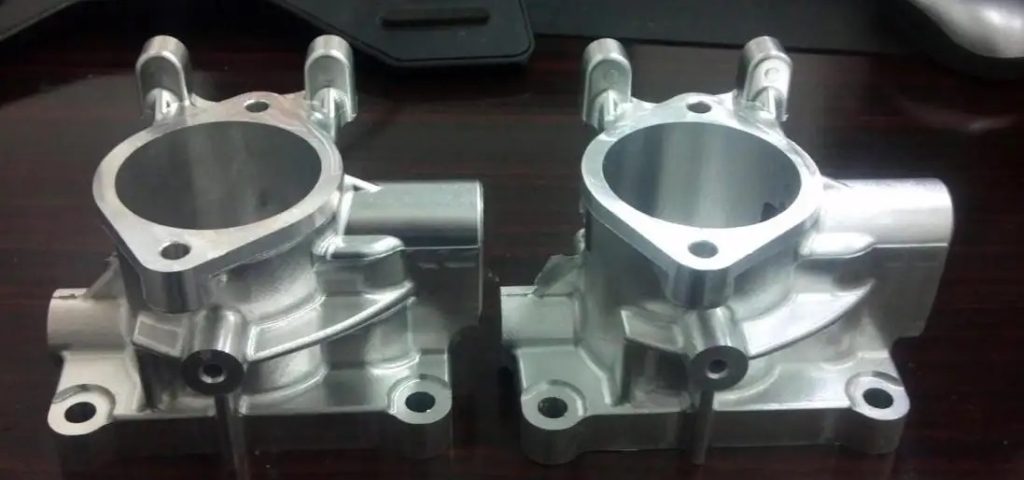
Advantages of Making the Right Choice Between Stainless Steel 201 and 304 for CNC Machining
Advantage 1: Cost Savings
- Optimizing Material Selection: Choosing the appropriate stainless steel grade can lead to significant cost savings. By selecting 201 when corrosion resistance isn’t crucial, you can save money compared to using the more expensive 304.
Advantage 2: Improved Performance
- Enhanced Longevity: Selecting 304 for applications where corrosion is a concern ensures the machined part’s long-lasting performance and functionality. This reduces the risk of premature failure due to rust or degradation.
- Faster Production: If machinability is a priority, opting for 201 can potentially lead to faster production times due to its ability to be machined at higher speeds with potentially lower tool wear.
Advantage 3: Streamlined Processes
- Reduced Complexity: Choosing the right steel eliminates the need for additional treatments or processes to achieve the desired properties. For example, if you select 304 and welding is necessary, you might require specialized techniques to avoid post-weld sensitization. Choosing 201 in a non-welding application avoids this potential complication.
- Minimized Risk of Defects: Selecting the appropriate steel grade reduces the risk of defects during the CNC machining process. The softer nature of 201 might be less prone to certain machining-related issues compared to the slightly harder 304.
Advantage 4: Overall Efficiency
- Optimizing Resource Allocation: By making the right choice between 201 and 304, you can efficiently allocate resources. This can involve minimizing material costs, reducing production times, and streamlining processes.
- Enhanced Project Success: Making the right material selection contributes to the overall success of your CNC machining project. It ensures the final part meets the desired performance specifications, minimizes the risk of problems, and promotes a cost-effective outcome.
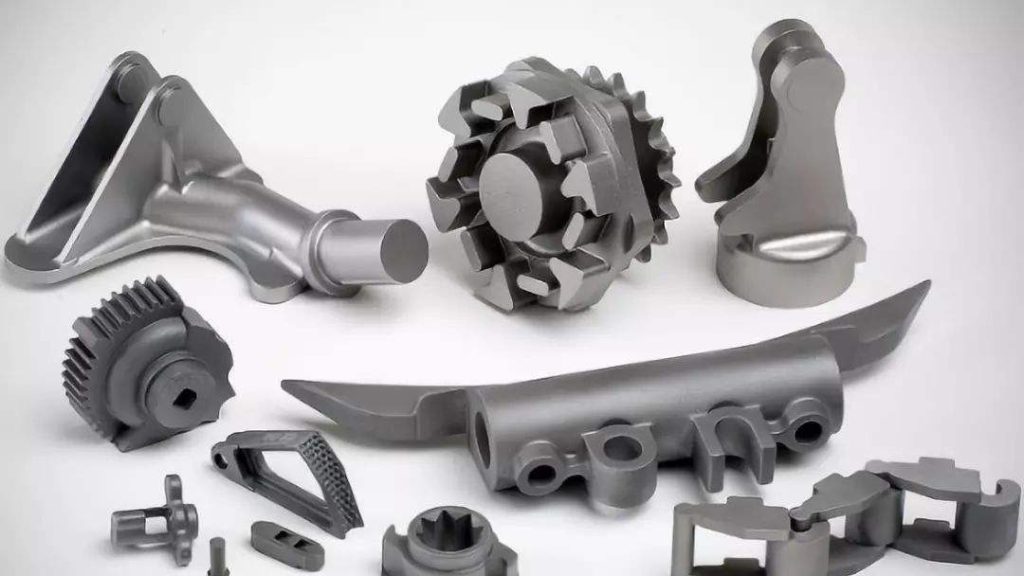
Conclusion
Choosing the right stainless steel grade between 201 and 304 for your CNC machining project hinges on understanding your specific needs. If cost is a primary concern and corrosion resistance isn’t a major factor, 201 might be a viable option. However, if the machined part will face harsh environments or require exceptional durability, 304 is the superior choice. Ultimately, by considering the advantages of selecting the appropriate grade, such as cost savings, improved performance, and streamlined processes, and choosing JTR for your CNC machining service, you can achieve a balance between efficiency and achieving the desired outcome for your CNC project.


